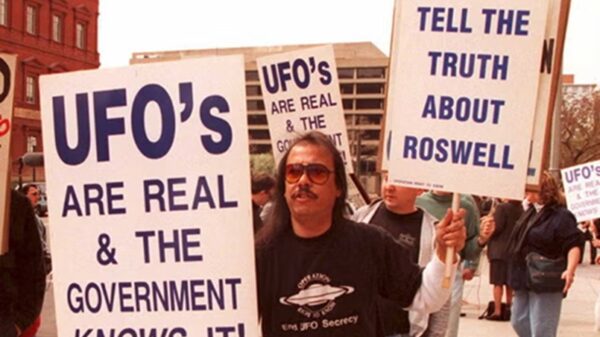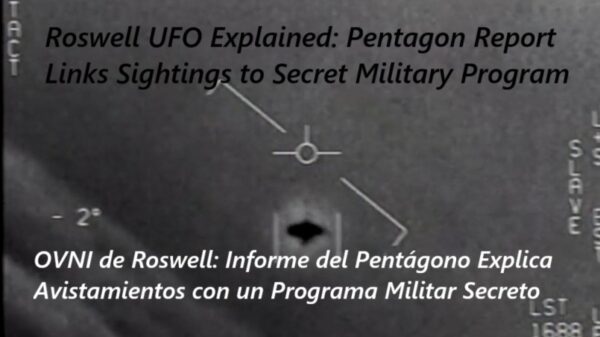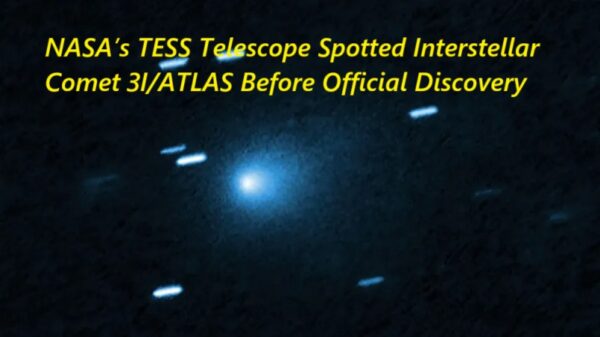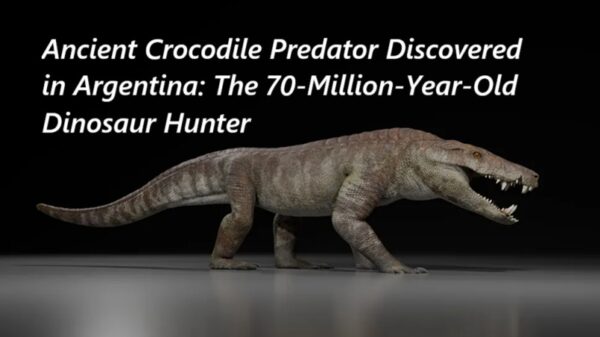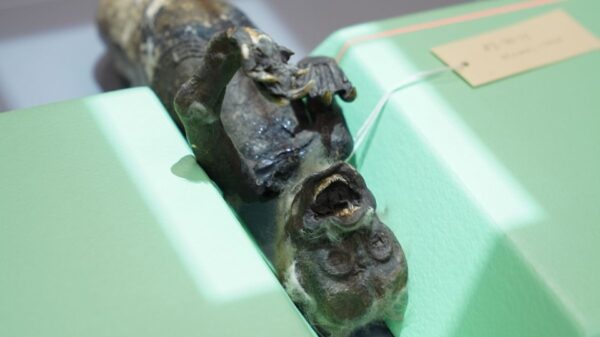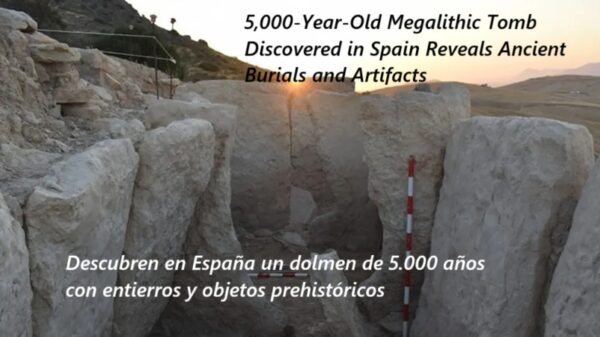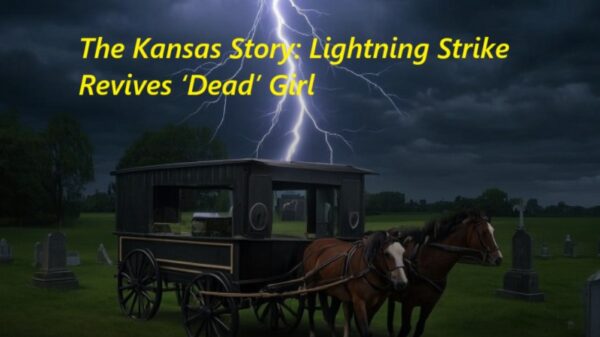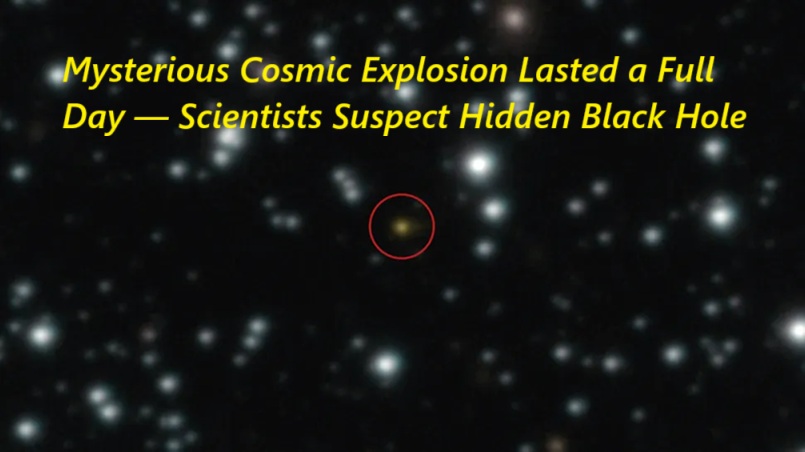Scientists have discovered a mysterious cosmic explosion that doesn’t fit into anything they’ve seen before. Normally, gamma-ray bursts — the brightest and most powerful explosions in the universe — last only a few seconds or minutes. But in July this year, astronomers observed one that kept erupting again and again for almost a whole day.
This strange event, named GRB 250702BDE, happened outside our galaxy, the Milky Way. What shocked scientists was not only the unusual length of the bursts but also their repeated, almost rhythmic pattern — something never recorded before in more than 50 years of observations.
The explosion was first detected by NASA’s Fermi Gamma-ray Space Telescope on July 2. A day earlier, another telescope, the Einstein Probe, had already noticed it. To understand it better, astronomers used the Very Large Telescope in Chile and later confirmed with the Hubble Space Telescope that the burst came from far beyond our galaxy.
So what caused it? Researchers don’t know for sure.
-
One idea is that a massive star, about 40 times heavier than the Sun, exploded in an unusual way that kept powering bursts of energy.
-
Another possibility is that a star, perhaps a white dwarf, was torn apart by a black hole. But this would have required a very rare type of black hole — the so-called intermediate-mass black hole.
These black holes are thought to be bigger than the usual stellar black holes, but smaller than the giant supermassive ones that sit at the center of galaxies. Astronomers have suspected they exist, but proving it has been very hard. If this explosion really came from such a black hole, it would be the first solid evidence of one.
Scientists are continuing to study the afterglow and hope to measure how much energy was released and exactly where in the universe it happened. For now, the event remains a cosmic puzzle — one that could change how we understand black holes and stellar death.




